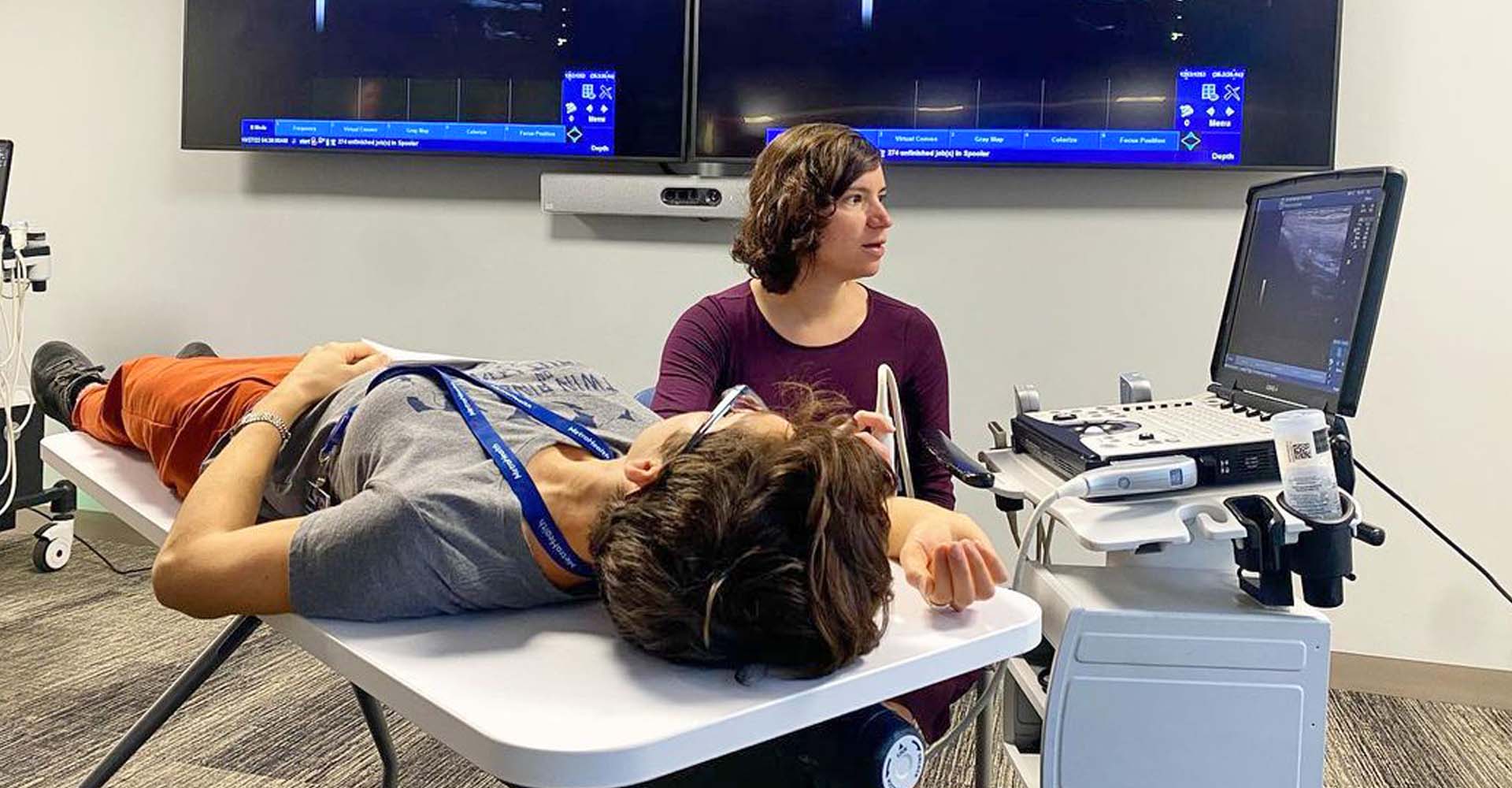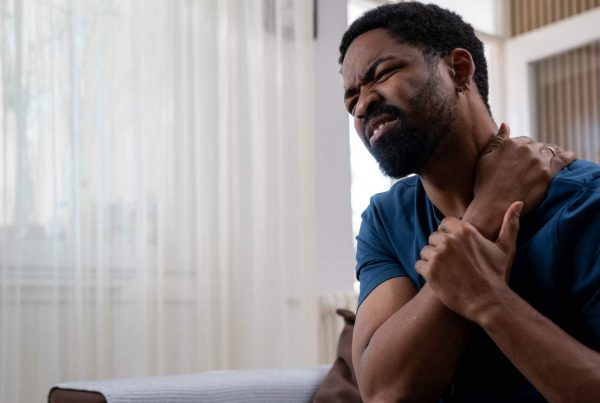The MetroHealth Sports Medicine program is now in its sixth year and is continuing to develop PM&R, Family Medicine, Emergency Medicine and Pediatrics residents with its comprehensive approach to athlete care and treatment. Specifically, residents are able to join the team and learn the ins and outs of sideline care. Additionally,they are kept abreast of the latest treatment techniques with the program’s ultrasound-guided curriculum and clinics.
Sideline Coverage
MetroHealth athletic trainers and physicians provide on-the-spot care for sporting events. Residents regularly assist with this sideline coverage, providing medical care for local adaptive sports, a semi-pro soccer team, and local high school football, basketball and volleyball games.
Heather Rainey, MD, Director of Sports Medicine and Assistant Professor of PM&R, says that residents have a couple of sports medicine rotations throughout residency. However, with all of the sideline care opportunities, they are able to participate in sports medicine experiences throughout residency, no matter what rotation they are on at the time. Sideline coverage is also an opportunity for residents to see MetroHealth live its mission firsthand.
“At MetroHealth, we focus on serving the underserved, and our sideline coverage primarily focuses on schools that have fewer resources,” she says. “We want to ‘level the playing field’ and provide the same level of training and care for athletes everywhere.”
The schools and athletes appreciate the partnership. Even more, it’s not uncommon for the MetroHealth sideline coverage team to bond beyond the field or court. Dr. Rainey says trainers and residents have been known to help with homework, too.
Ultrasound Curriculum and Clinics
Residents also spend a large portion of their Sports Medicine rotation focused on leveraging ultrasound-guided technology for patient care. Ultrasound-guided technology enables physicians to administer injections deep into the target site without harming surrounding tissues. This precise accuracy, in turn, advances the healing process and aids in pain relief. As a minimally invasive treatment option,ultrasound-guided injections are used to treat various musculoskeletal pain conditions, such as tendonitis, bursitis, neuritis, etc.
Sports Medicine faculty hold ultrasound-guided clinics, using scans of various body parts and joints to show residents how the diagnosis led to the ultrasound-guided injections and procedures. Together, these experiences prepare residents with a solid competency in Sports Medicine, particularly if they decide to pursue a fellowship as their next step.











